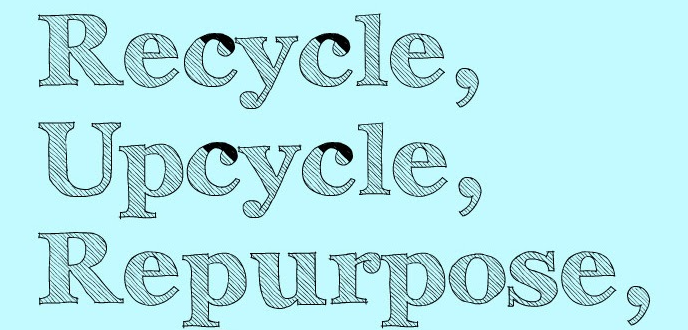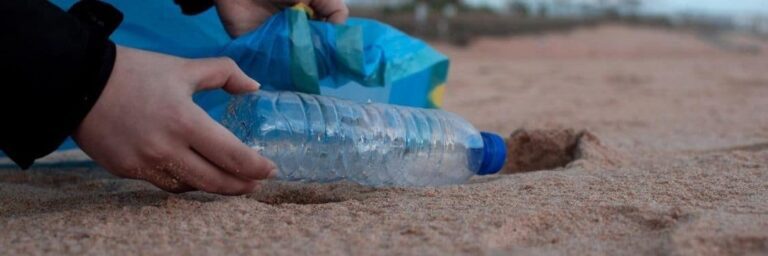Recycling, upcycling, repurposing. These words are used interchangeably and thrown around when it comes to environmental sustainability. They are all known for turning old, broken or futile products into fresh products with a new life.
If they all mean the same thing, why do they have different names? The subtle differences between each will be (hopefully) quite apparent by the time you finish reading this article.
So, to get a gist of the differences, we shall begin with each terminology.
Recycling
What is recycling?
The recycling process involves breaking (usually melting) the product down into its basic raw material (plastic, glass, scrap metal etc.) and then forming it into new products. The prefix re- in recycling means again. Hence, when you ‘recycle’ you are returning it back to the daily cycle of having a purpose in society instead of being in the dumpsters.
What are the benefits of recycling?
There are many benefits to recycling. The two biggest ones are environmental sustainability and the other one is economics. They include:
- Reduce harmful greenhouse gases
- Keeping the Earth beautiful
- Conserve natural resources
- More employment opportunities
- Save money and energy
What items can be recycled?
For a complete guide on products that can be recycled in Australia, check out our yellow recycling bin guide for items that can and cannot be recycled.

Upcycling
What is upcycling?
Simply put, upcycling is the process of enhancing a product. The item’s functionality is still the same, however, it looks and serves much better than previously. The ‘up’ in upcycling means that the product has moved up the chain into something better.
Who invented upcycling?
Upcycling became widely popular in the 1990’s when there was an increase in environmental concerns and awareness of global warming. It is difficult to say exactly who invented the idea of upcycling but a person named Gary Chan is well known for upcycling waste to create bicycles in Hong Kong.
Why is upcycling good?
Upcycling is good because it is an energy-efficient method of transforming waste into new products without wasting as much energy required for recycling to reshape and remould the object into a new product. Upcycling can be accomplished through repair and restorations such as painting, new upholstery and add-ons.

Repurposing
What is repurposing?
The process of repurposing involves using a product to serve another purpose. For example, your old shoes will become worn over time and will no longer be able to serve its function any more. Instead of throwing them away where they will end up in a landfill, you can choose to use it as a pot for your plants.

Differences and similarities
What are the differences?
Repurposing is similar to upcycling, however, it is different because upcycling still operates as its original function, just altered to become better. At the same time, repurposing changes its original objective to serve a different ‘purpose’ hence repurposing.
Both upcycling and repurposing are different to the normal recycling process because it does not undergo any chemical change, unlike recycling. Recycling melts the raw material and moulds them into new products.
In doing so, it loses some of its original quality during the melting process and does so each time it is recycled. That is why there is a limit to how many times a certain material can be recycled into a new product. For example, it is estimated that paper can be recycled up to 6 times, and plastic is limited to 7-9 times.
Upcycling and repurposing do not lose their composition or quality of raw material for their next use.
Although there are small differences between each of these processes, they all share a common goal of being environmentally friendly. They avoid ending up in a landfill to rot and pollute the planet.

Conclusion
They are all ‘recycled’ as they are given a new life and opportunity for a new ‘cycle’ instead of ending up in the dump or landfill. It’s no wonder that these terms are so commonly interchanged.
If you cannot recycle, upcycle or repurpose your old products but would like an eco-friendly approach to disposing of it, call Paul’s Rubbish Removal Sydney on 0407 125 125. We ensure that all of our rubbish is safely and environmentally friendly disposed of. No matter what type of junk or garbage you need to be removed, we can tailor it to your needs. Get the professionals to clear out your mess today!







